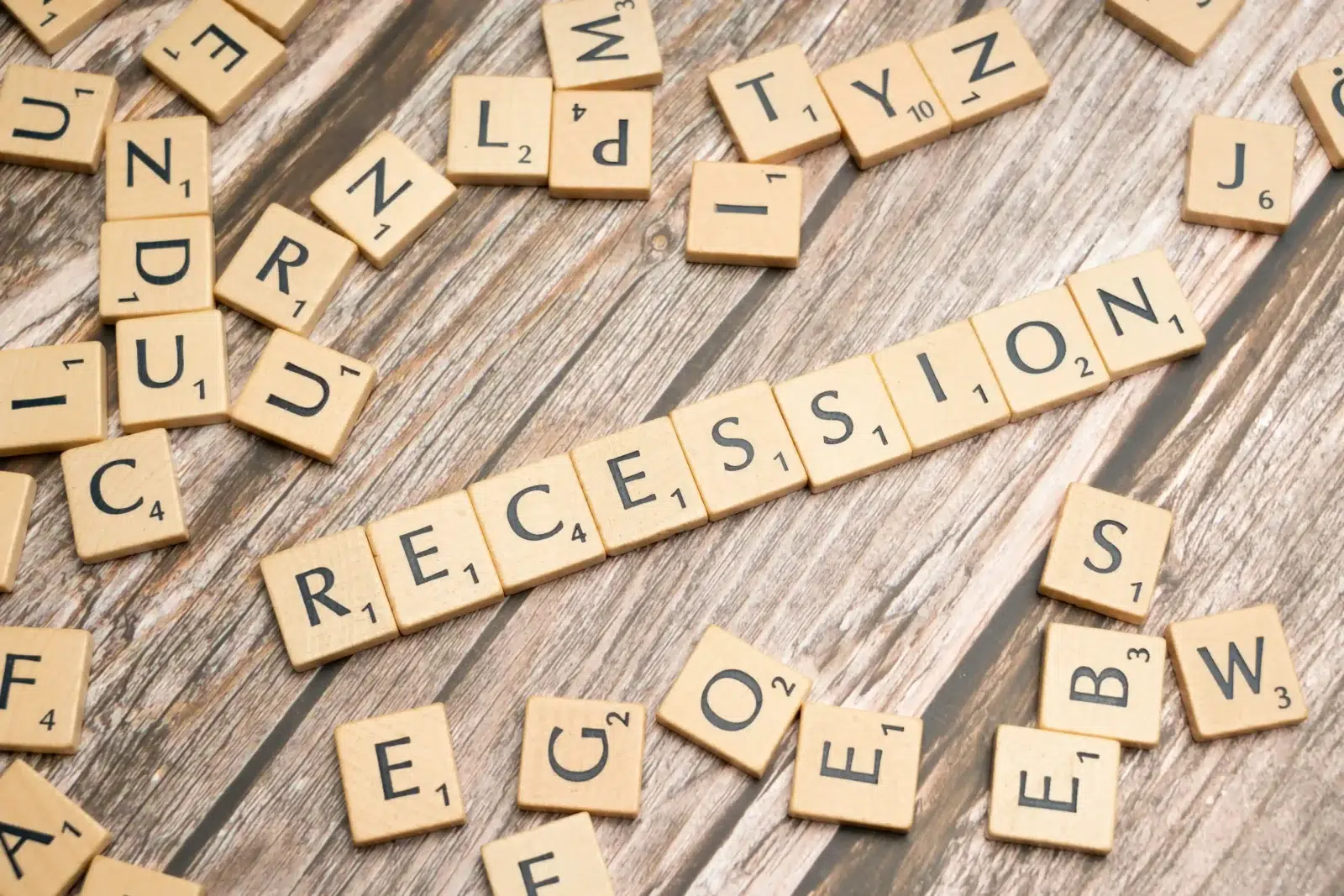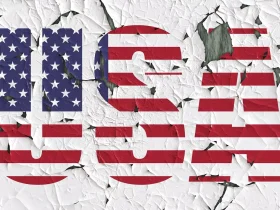U.S. Economy Showing Alarming Signs of Weakness
A growing body of economic data suggests that the U.S. economy may be teetering on the brink of a recession, according to Mark Zandi, chief economist at Moody’s Analytics. In a string of posts on X (formerly Twitter), Zandi outlined how weakening job growth, flat consumer spending, and shrinking industrial activity signal an impending downturn.
“The economy is on the precipice of recession. That’s the clear takeaway from last week’s economic data dump,” Zandi wrote.
“Consumer spending has flatlined, construction and manufacturing are contracting, and employment is set to fall.”
These warnings come just days after a disappointing U.S. jobs report, which compounded growing fears that momentum is slowing across multiple sectors of the economy.
Jobs Data Paints a Gloomy Picture
The July employment numbers were a major red flag. U.S. payrolls expanded by just 73,000, falling far short of economists’ forecasts of 100,000. Even more alarming were massive downward revisions to previous months: May’s job gains were cut from 144,000 to 19,000, and June’s from 147,000 to 14,000.
These sharp revisions bring the three-month average to just 35,000, a level that’s historically associated with an economic turning point.
While President Trump has called the jobs report “rigged” and dismissed the agency head responsible for the data, Zandi noted that such large revisions typically happen when the economy is at a significant inflection point—often just before a recession.
Underlying Economic Metrics Also Signal Slowdown
Additional data released last week painted a similarly bleak outlook. While GDP growth for Q2 came in higher than expected, measures of final domestic demand—which exclude exports and inventory effects—showed clear signs of deceleration.
Meanwhile, the personal consumption expenditures (PCE) index, the Federal Reserve’s preferred inflation gauge, showed that core inflation rose to 2.8% in June. Though inflation remains above the Fed’s 2% target, consumer spending increased less than forecast, suggesting that household demand is weakening.
Fed Faces Limited Options Amid Inflation and Tariffs
Although the slowdown in job growth and manufacturing would typically prompt the Federal Reserve to consider cutting interest rates, stubbornly high inflation complicates the situation. Policymakers have already held off on rate cuts for several months, citing concerns that Trump’s escalating tariffs could stoke price increases.
Adding to the uncertainty, the Fed must also contend with the consequences of Trump’s trade and immigration policies, which have disrupted business planning and contributed to supply chain bottlenecks.
Labor Market Stability Is Disguising Deeper Issues
Despite the broader slowdown, the unemployment rate has remained relatively stable, hovering between 4% and 4.2% over the past year. However, Zandi cautions that this figure is misleading. The apparent stability is being masked by a shrinking labor force, particularly among foreign-born workers, whose numbers have dropped by 1.2 million in just six months.
This decline is largely attributed to tighter immigration enforcement, which has constrained both supply and demand in the labor market.
Hiring Freeze and Demand Contraction Across Sectors
Zandi also pointed to signs of an economy-wide hiring freeze, especially affecting recent graduates and entry-level workers. He explained that the neutral rate of job growth—the level needed to keep the unemployment rate steady—has fallen due to the smaller labor pool.
“It’s no mystery why the economy is struggling,” Zandi said.
“Blame increasing U.S. tariffs and highly restrictive immigration policy. These measures are cutting into corporate profits and weakening household purchasing power.”
Manufacturing and Construction Retreat
The decline in construction spending, particularly in the single-family housing market, was another troubling signal. Combined with a further contraction in the ISM manufacturing index for July, the data indicate that core sectors of the U.S. economy are retreating.
This weakening of foundational industries casts doubt on the overall health of the economy, even as headline GDP growth remains positive.
Wall Street and JPMorgan Join the Recession Chorus
Zandi isn’t alone in raising concerns. Economists at JPMorgan Chase echoed his warnings, citing a marked decline in private-sector hiring, which has averaged just 52,000 jobs per month over the past three months.
“A slide in labor demand of this magnitude is a recession warning signal,” JPMorgan wrote.
“In past cycles, this type of drop usually precedes a broader retrenchment.”
They also highlighted that labor demand appears to be cooling even in industries not impacted by immigration policy, indicating that business confidence may be eroding more broadly.
Outlook: Risks Mount, Fed Caught in Crossfire
The combination of weak hiring, flat spending, and persistent inflation leaves Federal Reserve officials with few good options. Cutting rates might support jobs and spending but could further fuel inflation. Staying the course may choke off already fragile growth.
With tariffs raising costs for businesses and consumers alike, and immigration policy shrinking the labor pool, economists fear the U.S. is approaching a recessionary cliff with limited tools to avert the fall.
Reference : Jason Ma






